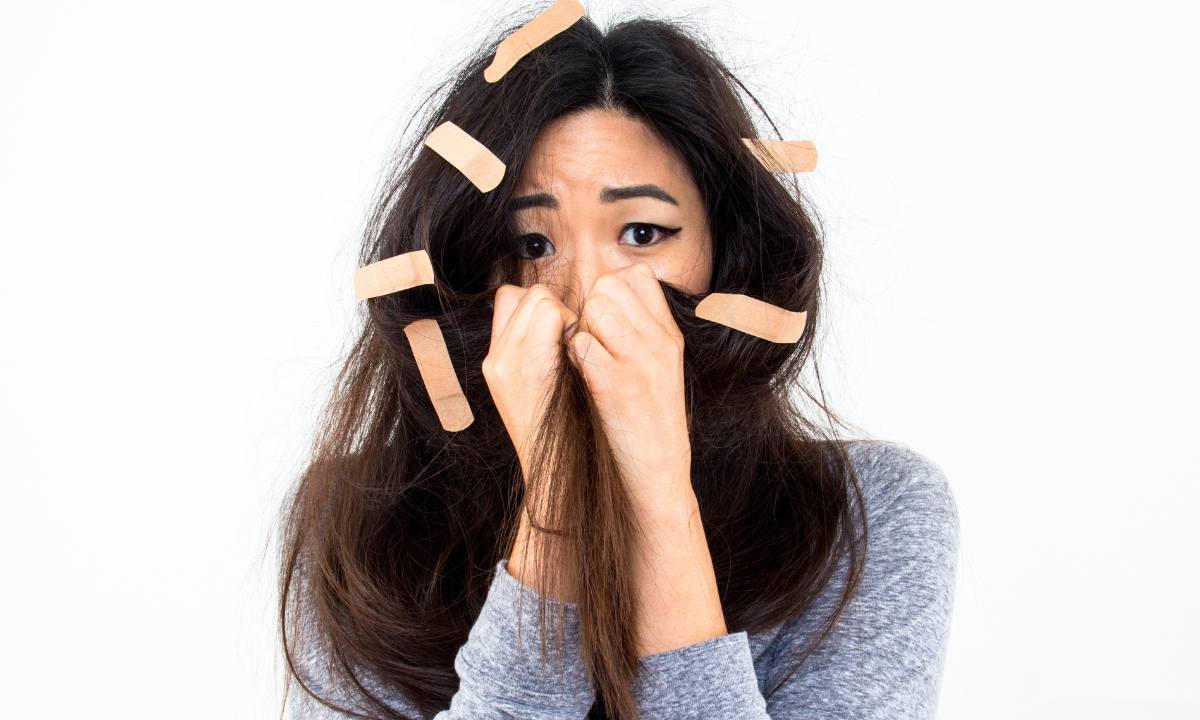The process of taking care of fine hair can be sensitive and sometimes difficult. Fine hair is more prone to oiliness, dullness, and breakage, necessitating extra attention and care. Unfortunately, many people make common mistakes when it comes to caring for their fine hair, unknowingly exacerbating these issues.
In this article, we will explore 11 fine hair mistakes that you need to stop making. By avoiding these mistakes and adopting the right techniques and practices, you can achieve healthier, fuller-looking hair that you’ll love.
11 Fine Hair Mistakes You Need to Stop Making
1. Over washing
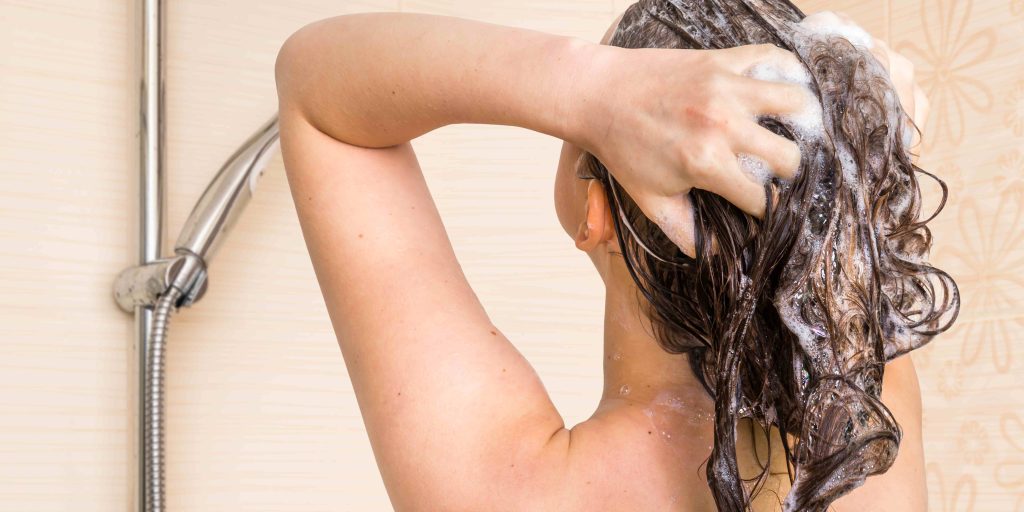
Washing fine hair too regularly can remove its natural oils, causing dryness and excessive oil production. The scalp produces oil (sebum) to keep the hair moisturized, but overwashing can disrupt this balance. To avoid this mistake, try washing your hair every other day or every few days to maintain a healthy balance.
If your hair gets greasy quickly, use a dry shampoo during washes to freshen it and absorb excess oil. Overwashing can also be avoided by using a gentle shampoo specifically formulated for fine hair, as harsher formulas can be drying.
2. Using heavy conditioners
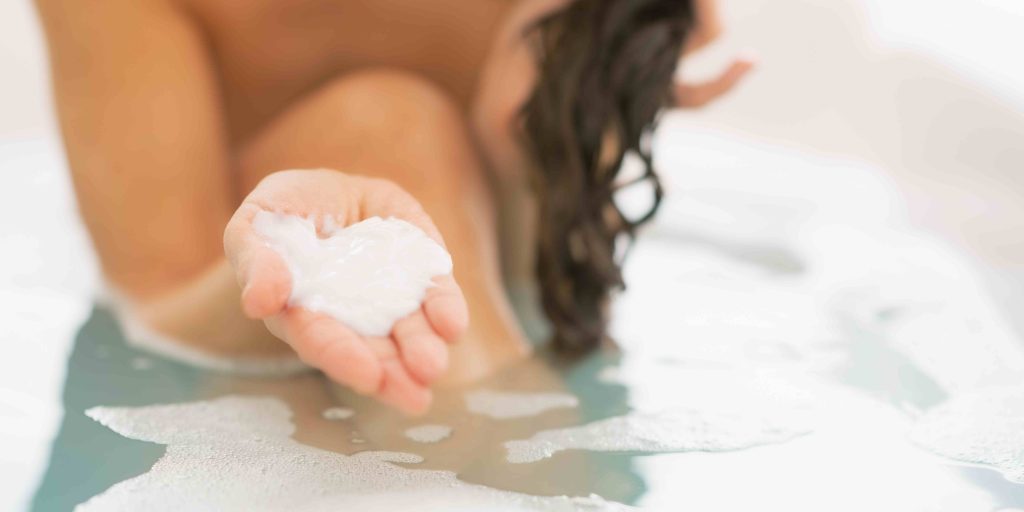
Fine hair has a tendency to be easily weighed down by heavy conditioners, leaving it looking flat and greasy. Instead of using thick, creamy conditioners designed for thick or dry hair, opt for lightweight, volumizing conditioners that provide moisture without weighing down your hair.
Look for products that are specifically formulated for fine or thin hair. Apply the conditioner mainly to the mid-lengths and ends of your hair, as they tend to be drier and more prone to damage. This helps avoid weighing down the roots and keeps your hair looking voluminous.
3. Applying conditioner to the roots
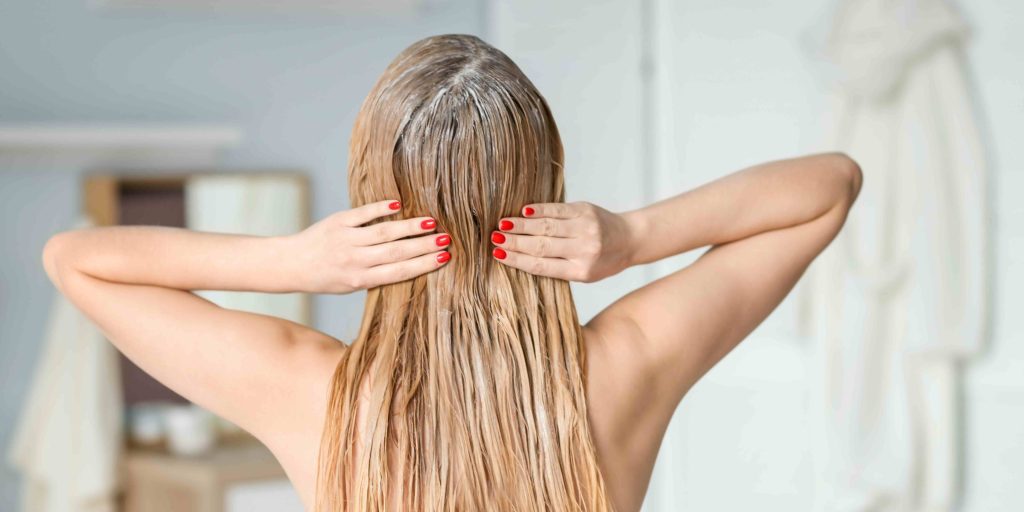
Conditioning the roots can make fine hair appear greasy and limp. Fine hair usually doesn’t require as much moisture at the roots since the scalp already produces natural oils. When conditioning your hair, focus on applying the conditioner mainly to the mid-lengths and ends.
Gently work the conditioner through your hair using your fingers or a wide-toothed comb. This will help provide the necessary hydration without weighing down your hair at the roots. Rinse thoroughly to remove any residue, which can add to a greasy look.
4. Skipping heat protectant
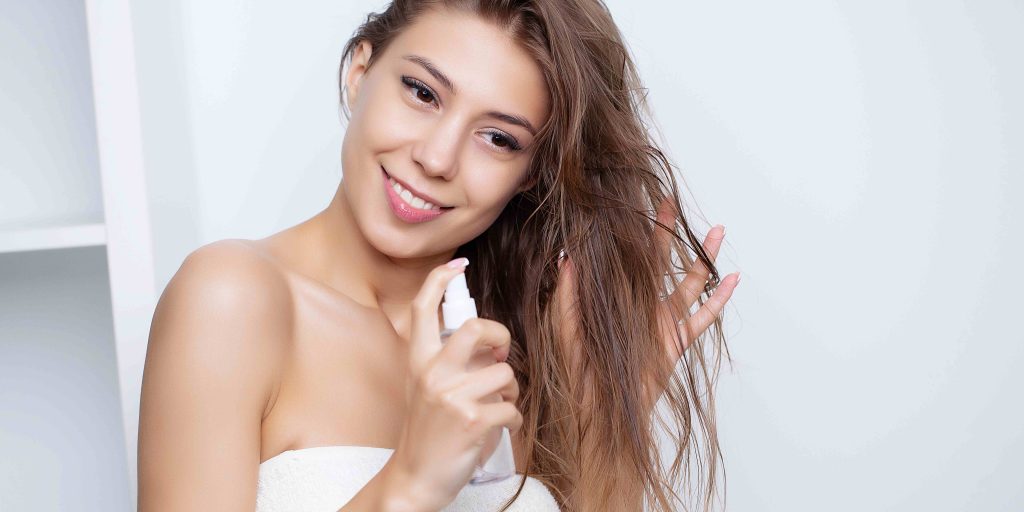
Heat-styling appliances such as blow dryers, hair straighteners, and curlers can cause damage to delicate hair. Skipping the use of a heat protectant can lead to dryness, breakage, and frizz. Always apply a heat protectant spray or serum before using any heat-styling tools. These products form a barrier between your hair and the heat, lowering the risk of damage.
Apply the heat protectant evenly across your hair, paying special attention to the mid-lengths and ends, which are the most sensitive. Additionally, using lower heat settings and minimizing heat exposure can help protect your fine hair from damage.
5. Using too much product
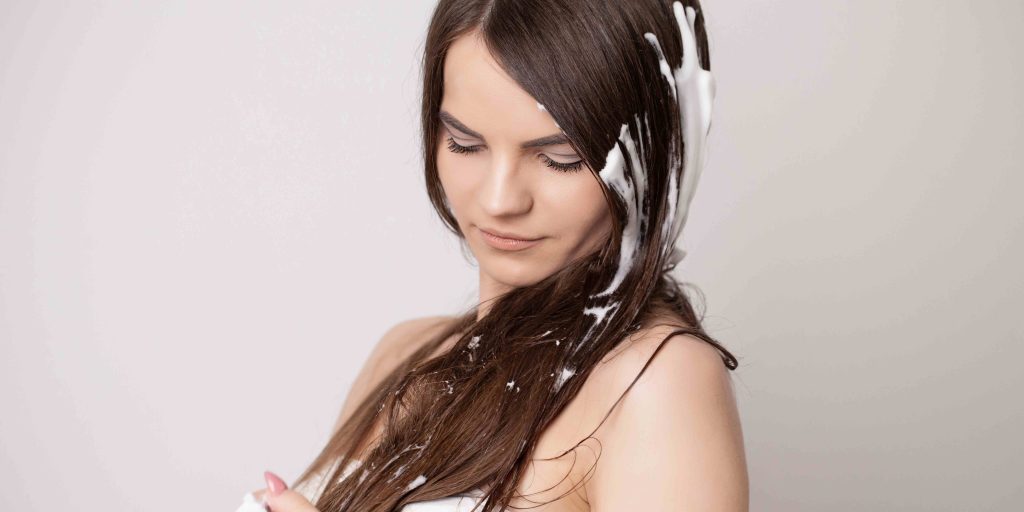
Excessive use of styling products can make fine hair look weighed down and greasy. Using too much can also cause product buildup, which can make the hair’s appearance dull and lifeless. Start with a small amount of product, whether it’s a volumizing mousse, texturizing spray, or styling cream, and add more if needed.
Follow the instructions provided in the product packaging to determine the appropriate amount for your hair length and thickness. Apply the product primarily to the mid-lengths and ends, avoiding the roots to prevent weighing down your hair. This helps maintain a lightweight and voluminous look.
6. Neglecting regular trims
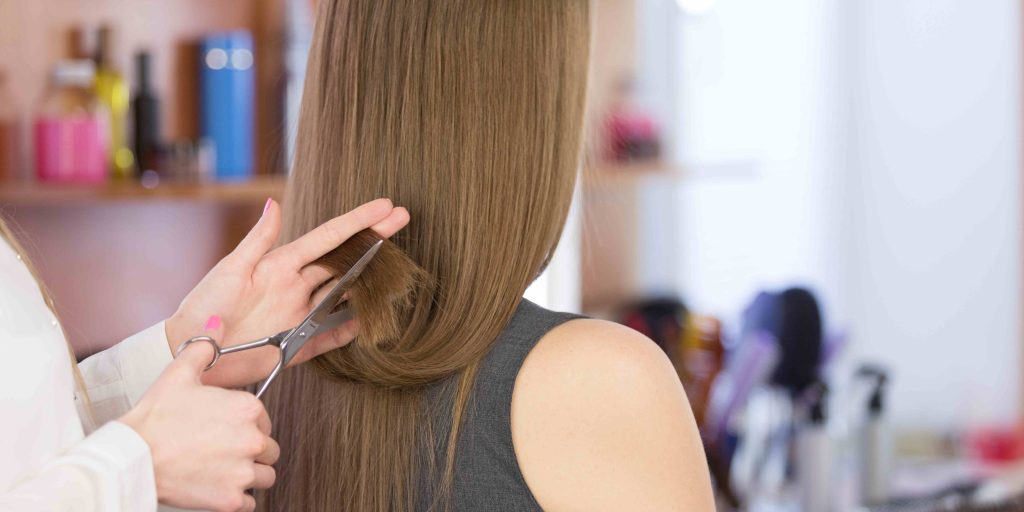
Fine hair is prone to split ends, which can make it look unhealthy and thin. Neglecting regular trims can result in further breakage and damage. Schedule regular haircuts every 6-8 weeks to remove split ends and maintain the health and appearance of your hair. Even if you’re trying to grow out your hair, small trims are essential to prevent split ends, which prevent them from going up the hair shaft and inflicting more damage. Regular trims promote healthier hair growth and help maintain the overall thickness and vitality of your fine hair.
7. Brushing wet hair
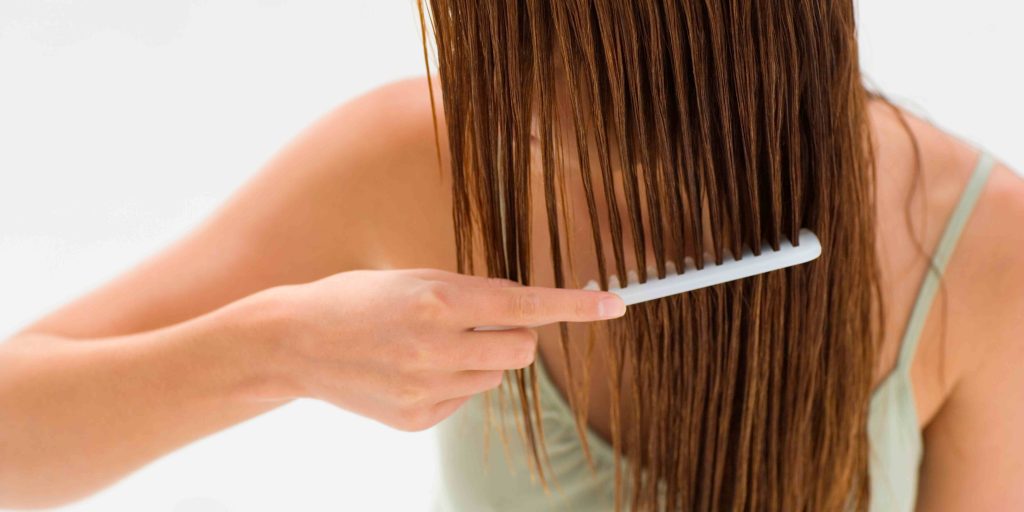
Fine hair is more easily broken and brittle when wet. Brushing or combing wet hair vigorously can cause damage and lead to more tangles. Instead, gently remove tangles using a wide-toothed hair brush or comb specifically designed for wet hair. Start from the ends and work your way up, using a gentle motion to prevent unnecessary hair breakage.
If your hair is specifically prone to tangling, you can apply a leave-in detangling spray or conditioner to help make the process easier. Patience and care while handling wet hair can prevent damage and maintain its health.
8. Ignoring volumizing techniques
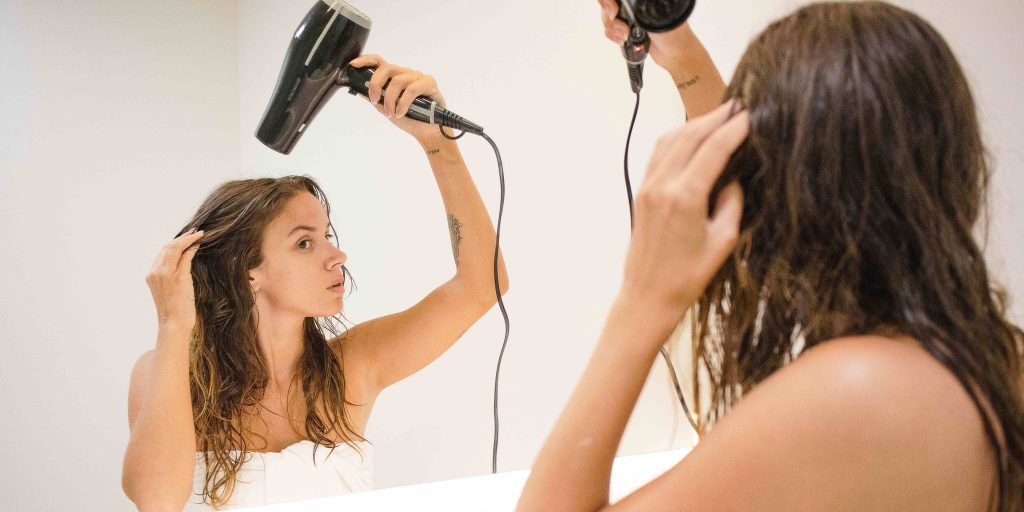
Fine hair can benefit from volumizing techniques to create the illusion of fuller, thicker hair. Ignoring these techniques can result in flat and limp-looking hair. Some volumizing techniques include blow-drying your hair with a round brush to lift the roots, using velcro rollers at the top for extra lift, or applying a volumizing spray or mousse to the roots before styling.
These techniques can help create volume and body, making your fine hair appear more voluminous and full-bodied. Experiment with different techniques to find what works best for your hair type and desired style.
9. Using heavy oils and serums
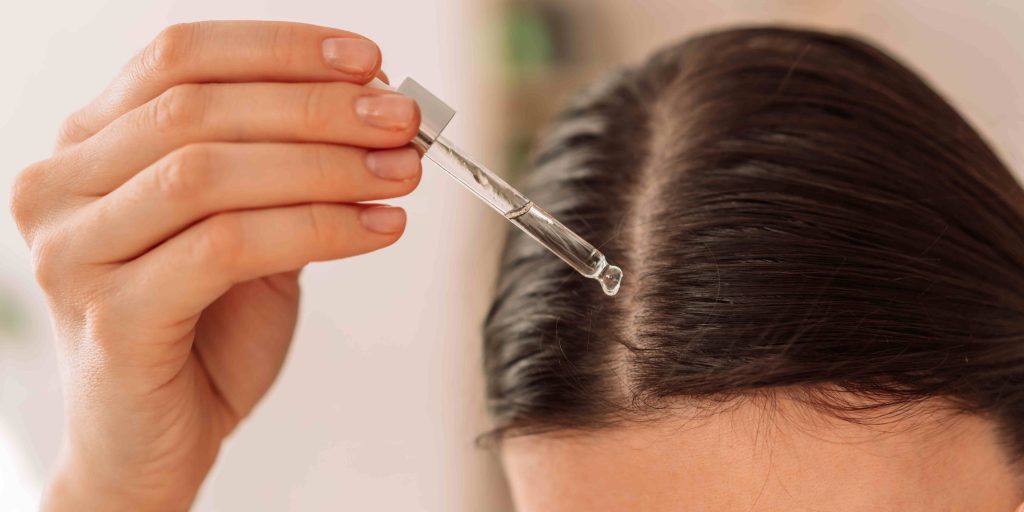
Fine hair can be easily weighed down by heavy oils and serums, which can make it appear greasy and limp. Avoid using heavy, oil-based products that are better suited for thick or coarse hair types. If you need to use a leave-in product, opt for lightweight options specifically formulated for fine hair.
These products provide moisture and shine without weighing down the hair. Apply sparingly and focus on the mid-lengths and ends of your hair, where extra hydration is often needed. This helps maintain a light and bouncy look while providing the necessary nourishment.
10. Neglecting scalp care
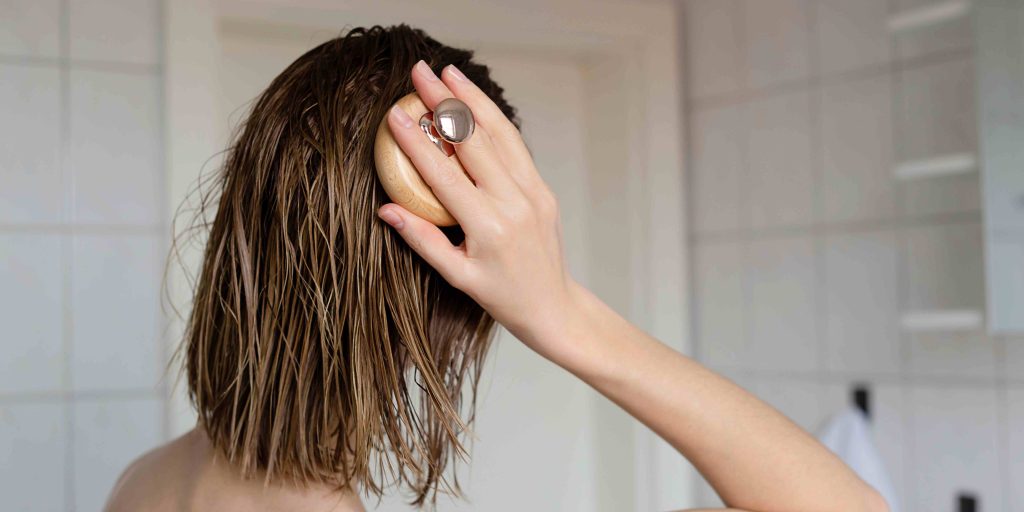
A healthy scalp is essential for maintaining healthy hair. Neglecting scalp care can lead to issues such as dryness, dandruff, or product buildup, which can affect the overall appearance of your hair. Take care of your scalp by regularly massaging it with your fingertips to improve circulation and promote a healthy environment for hair growth.
Use a clarifying shampoo occasionally to remove any product buildup, and consider incorporating a scalp exfoliator or a gentle scalp scrub into your routine to eliminate and remove dead skin cells and improve overall scalp health. A healthy scalp contributes to healthier hair growth and a more vibrant appearance.
11. Using the wrong hair accessories
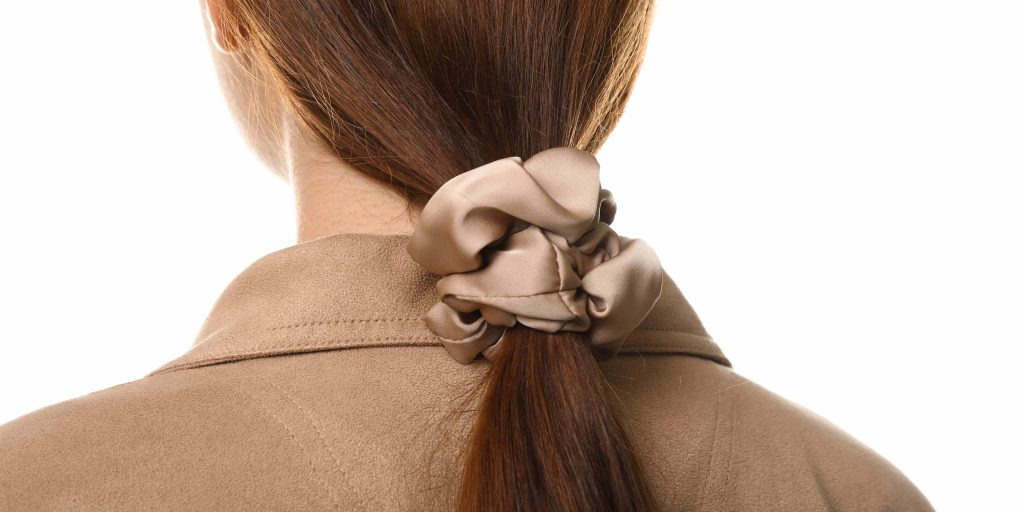
Using heavy or tight hair accessories can weigh down fine hair and cause breakage. Avoid using metal or heavy plastic hair clips, headbands, or ponytail holders that can pull or strain the hair. Instead, opt for lightweight and gentle alternatives such as fabric-covered elastic bands, soft scrunchies, or hair clips made from lightweight materials. These accessories will minimize tension and reduce the risk of breakage, allowing your fine hair to maintain its natural volume and prevent unnecessary damage.
By avoiding these common mistakes, you can better care for your fine hair and enhance its volume, health, and overall appearance. Remember that everyone’s hair is unique, so feel free to experiment with different techniques and products to find what works best for you.
Hair care at home for finer hair
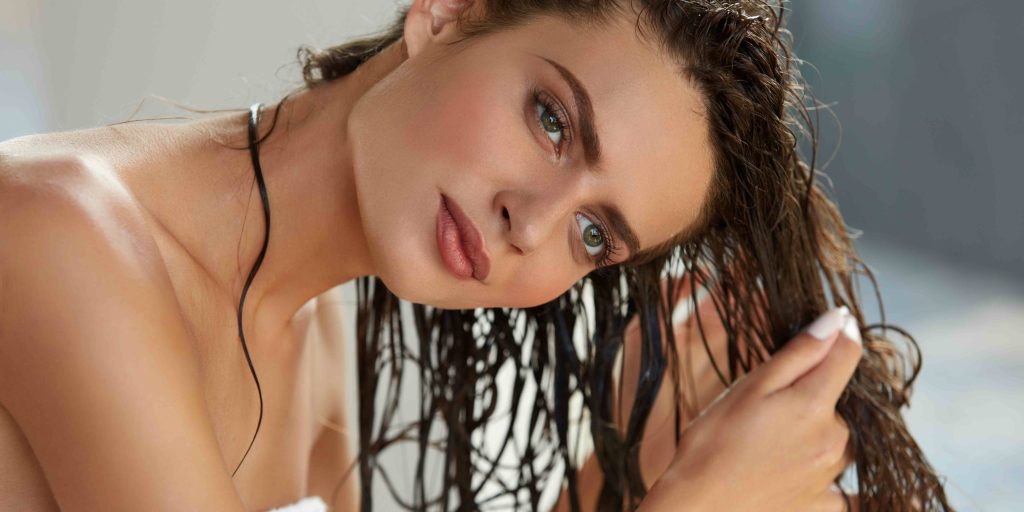
Shampooing
Fine hair tends to become oily more quickly than other hair types, so it’s essential to choose the right shampoo. Look for volumizing or lightweight shampoos that provide gentle cleansing without weighing down your hair. These shampoos typically have formulas that remove excess oil and product buildup while adding volume. Concentrate on massaging shampoo on the scalp to ensure thorough cleansing, and rinse well to avoid any residue that can make your hair appear flat.
Conditioning
Fine hair needs moisture without being weighed down. Opt for lightweight conditioners or volumizing conditioners that provide hydration without leaving a heavy residue. Focus on applying conditioner mainly to the ends of your hair, as they are typically drier and more prone to damage. Avoid applying too much conditioner near the roots to prevent weighing down your hair and making it appear greasy. Rinse thoroughly to remove any leftover product.
Towel Drying
After washing your hair, gently squeeze out excess water using a soft towel. Avoid rubbing vigorously, as this can cause friction and damage to your delicate hair. Instead, pat your hair dry to remove moisture. If you have particularly fragile hair, consider using a microfiber towel or an old t-shirt, as they are gentler on the hair shaft.
Blow Drying
When blow-drying fine hair, it’s crucial to use the right technique to create volume and minimize heat damage. Before starting, apply a heat protectant spray to shield your hair from the heat. Use a low or medium heat setting on your blow dryer to avoid excessive heat exposure. Point the nozzle downward to lift the roots and create lift. For added volume, consider using a round brush or comb to lift the hair at the roots as you blow dry. Direct the airflow from the roots to the ends to encourage volume and movement.
Styling Products
Choosing the appropriate styling products is essential for fine hair. Opt for lightweight formulas, such as mousses, volumizing sprays, or texturizing sprays, which add body and texture without weighing down your hair. Apply these products at the roots or throughout your hair, depending on your desired style. Avoid heavy oils and serums, as they can make your hair look greasy and flat.
Brushing And Detangling
Fine hair is more prone to breakage, so it’s crucial to use the right tools and techniques when brushing and detangling. Use a comb of wide-toothed or a brush specifically designed for fine hair to minimize breakage. Start from the ends and work your way up to the roots, being gentle and patient. Avoid harsh tugging or brushing when your hair is wet, as it is more fragile and prone to damage.
Remember, each person’s hair is unique, so it may take some experimentation to find the exact routine and products that work best for your fine hair.
FAQs [frequently asked questions]
Q. How often should I wash my fine hair?
A. Washing your fine hair every other day or every few days is generally recommended to maintain a healthy balance. Overwashing can strip away natural oils, leading to dryness and increased oil production.
Q. Can I use regular conditioners on my fine hair?
A. Regular conditioners, especially heavy and creamy ones, can weigh down fine hair. It’s best to use lightweight conditioners specifically formulated for fine hair, focusing on the mid-lengths and ends.
Q. Why is using a heat protectant important for fine hair?
A. Heat styling tools can cause damage to fine hair, making it more prone to breakage. Using a heat protectant spray or serum creates and makes a barrier between your hair and the heat, minimizing damage and maintaining its health.
Q. How can I add volume to my fine hair?
A. There are several ways to add volume to fine hair. Blow-drying with a round brush to lift the roots, using volumizing sprays or mousses, and incorporating velcro rollers or root-lifting techniques can help create the appearance of fuller hair.
Q. Are there any hair accessories I should avoid using on my fine hair?
A. Heavy or tight hair accessories can weigh down fine hair and cause breakage. It’s best to opt for lightweight and gentle alternatives, such as fabric-covered elastic bands or soft scrunchies, to minimize tension and protect your hair.
Conclusion
Caring for fine hair requires a mindful approach and avoiding common mistakes that can diminish its volume and overall appearance. By following the right techniques and adopting a suitable hair care routine, you can enhance the natural beauty of your fine hair. Avoiding overwashing, using lightweight products, protecting against heat damage, and implementing volumizing techniques are just a few key steps to keep in mind. With patience and experimentation, you’ll find the best practices that work for your unique hair type, helping you achieve the fullness and vitality you desire.


